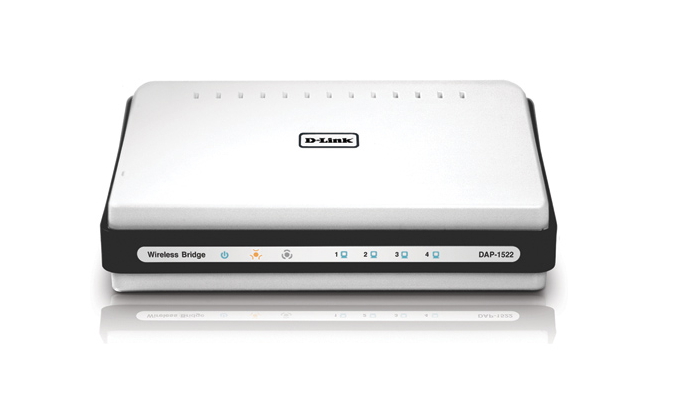Understanding Bridge and functions and how Bridge works on the computer network
For Internet networks with too many computers relying solely on a single LAN network, usually in the event of a network problem, all computers will be impacted.
Not to mention if the geographical condition of the building is large enough and wide, it will certainly be a problem if there is only one LAN network.
Addressing this, there are tools that are able to anticipate the problem while improving LAN performance, such as a repeater, bridge, or router. In this article, it will be discussed about bridge definition, bridge function, bridge advantages and disadvantages, and bridge work.
Definition of bridges
Bridge or Network Bridge in the Indonesian term called a network bridge is a network component that is widely used to expand the network or create a network segment.
Bridge is capable of connecting fellow LAN network (Local Area Network) computer. In addition, bridges are also used to connect different types of computer networks such as Ehernet. Bridge will map the Ethernet addresses of each point in each network segment and then select and allow only transfer of data required over the network.
Bridges usually use a tree topology. That is, there is only a route for various purposes of transmitting or data packets to be moved. Dara will take several lanes that often lead to delays in data transmission. Figurative of a package, the bridge is useful for determining the destination and source segments. If the segment is the same, then the package will be rejected, temporarily if the segment differs, then the package will be forwarded to the destination segment.
The way the bridge works is much more sophisticated than the repeater, however it is not yet a router. Bridge works on Layer data link model OSI (Open System Interconnection). With the OSI model, the bridge is capable of connecting computer networks using different transmission methods or different medium access controls. Unlike routers that work on network layers and repeaters that work on the physical layer.
Bridge functions
Not to mention if the geographical condition of the building is large enough and wide, it will certainly be a problem if there is only one LAN network.
Addressing this, there are tools that are able to anticipate the problem while improving LAN performance, such as a repeater, bridge, or router. In this article, it will be discussed about bridge definition, bridge function, bridge advantages and disadvantages, and bridge work.
Definition of bridges
Bridge or Network Bridge in the Indonesian term called a network bridge is a network component that is widely used to expand the network or create a network segment.
Bridge is capable of connecting fellow LAN network (Local Area Network) computer. In addition, bridges are also used to connect different types of computer networks such as Ehernet. Bridge will map the Ethernet addresses of each point in each network segment and then select and allow only transfer of data required over the network.
Bridges usually use a tree topology. That is, there is only a route for various purposes of transmitting or data packets to be moved. Dara will take several lanes that often lead to delays in data transmission. Figurative of a package, the bridge is useful for determining the destination and source segments. If the segment is the same, then the package will be rejected, temporarily if the segment differs, then the package will be forwarded to the destination segment.
The way the bridge works is much more sophisticated than the repeater, however it is not yet a router. Bridge works on Layer data link model OSI (Open System Interconnection). With the OSI model, the bridge is capable of connecting computer networks using different transmission methods or different medium access controls. Unlike routers that work on network layers and repeaters that work on the physical layer.
Bridge functions

Posting Komentar untuk "Understanding Bridge and functions and how Bridge works on the computer network"